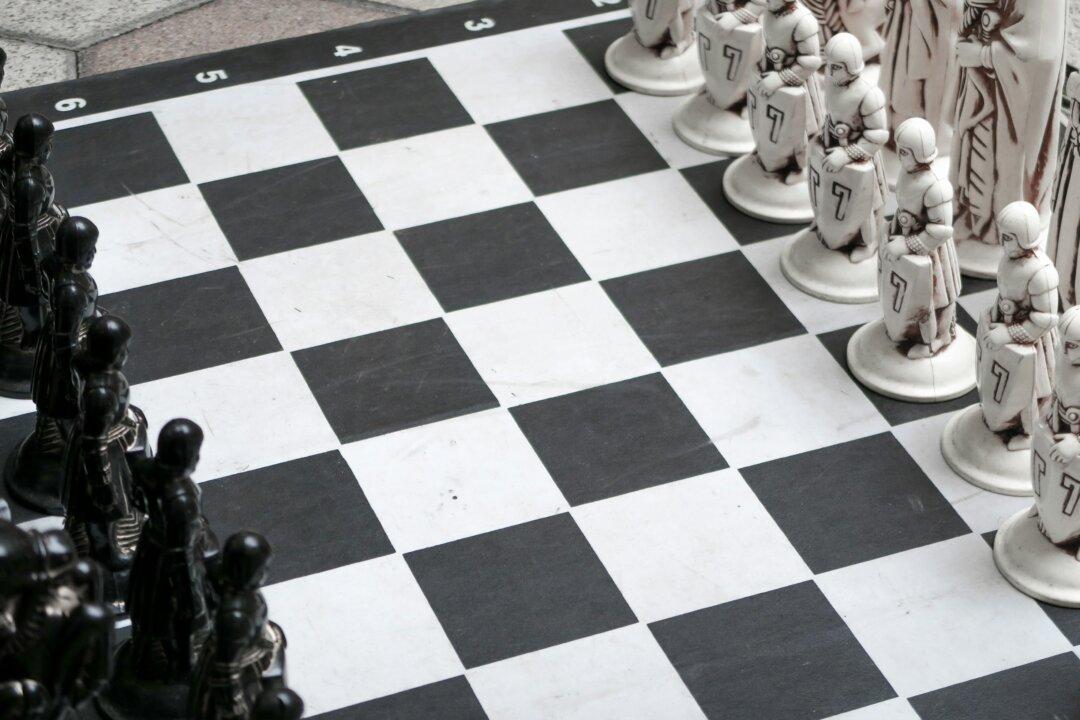It would be wrong to assume that after the Maryland Jesuits sold 272 slaves to Louisiana planters in 1838, slavery came to an end at Georgetown College.
It’s likely that hundreds of slaves worked at the college, and on the Jesuits’ six plantations in southern Maryland, who are not recorded as property of the religious order. Advocates for descendants, as well as historians of slavery, count such laborers as meriting the same status and recognition as those owned outright by the Maryland Jesuits. That calculus multiplies the number of descendants who have moral and financial claims against Georgetown University and other institutions that are investigating their historical links to slavery.






